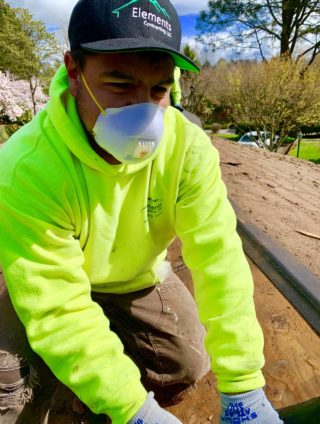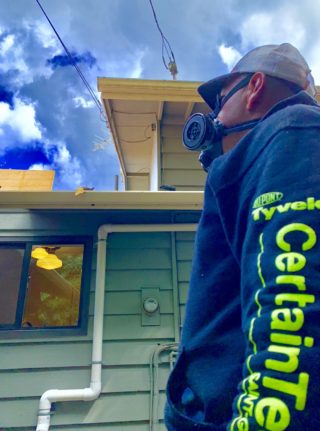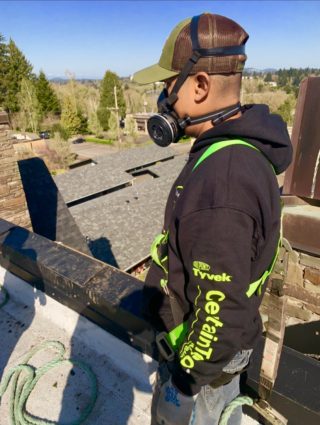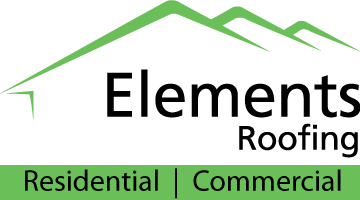COVID-19
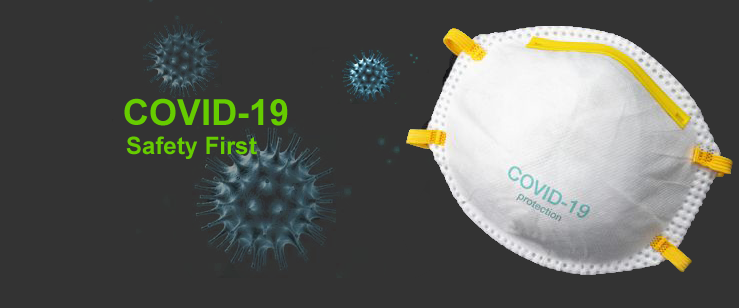
Covid-19 Requirements
In light of recent CDC requirements and government mandates, Elements Roofing has been working diligently to institute a new safe distance protocol with our internal staff, office of administration, and employee customer contact. Effective immediately following procedures and protocols will be in place.
Job Sites-
-
- All correspondences with respect to client relations, billing, change orders, customer questions
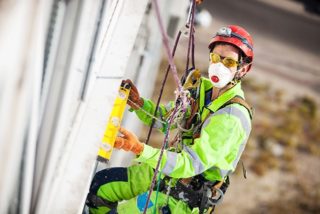 will be done so via phone call with our project manager for your job.
will be done so via phone call with our project manager for your job. - Any correspondences regarding moving the vehicles or questions about the property perimeter’s will be done so via phone call with our project manager directly.
- As is always the case, no Elements employee will be permitted inside any home or building without direct permission from the homeowner and only to potentially view attic spaces on a rare occasion.
- All of our employees will maintain safe distances with other high standards and orchestrates during the course of the job.
- All employees will be required to use hand sanitizer stations each job site and each company vehicle throughout the job.
- All lunch breaks will be taken off job site and away from client property.
- As is always the case, no drinking soda cans, water bottles, coffee cups etc. will be discarded on the job site and will be contained in a job site trash bag or container.
- When working on interior attic spaces all employees very mask protection over their nose and mouth.
- Porta-potty’s have been retained for our outdoor yard facilities. All employees will be required to use these outside bathrooms prohibited from using inside office bathroom spaces. Porta-potty’s have been retained for our outdoor yard facilities.
- All correspondences with respect to client relations, billing, change orders, customer questions
Administrative offices-
Elements Roofing will maintain a fully staffed office during this event. However, will be open and operating from 7:30 AM to 4:30 PM Monday through Friday. We have asked that our office staff work from home in the mornings to reduce in office hours. We will be reducing brick and mortar operational hours from 12pm-4:30 PM Monday-Friday.
In office visits-

At this point we are restricting any in office. Anyone who wishes to conduct business at the office must do so only through our window screen at the front entrance. Specific request may be made for design meetings etc. but will be done on a case by case basis, with advanced notice and scheduled to take place in our main office auxiliary building conference room only.
Sales-
All person to person sales will be prohibited during this restriction. Over the years Elements has worked tirelessly to become a paperless company. Therefore, all correspondences for sales will be conducted via phone call and or electronica email.
Fortunately, we are very busy and will continue to function in an efficient manner through this crisis. Roofing, roof leak stoppage, roof & bathroom ventilation etc. are a major health concern for the building, or home and its occupants. Roofing is considered an essential service and will remain relatively undisturbed. Thank you for your patience. God bless you and your families. We pray that we get through this together and healthy. It is our hope that we can all get back to our normal lives as soon as the coast is clear.
CDC Air Quality Guidlines
In 2014 the CDC revised new mandates for all residential and commercial still air ventilation. Elements contracting LLC strives to maintain healthy air quality standards by upgrading all them elation as required by code.
- Modes of Transmission of Airborne Diseases
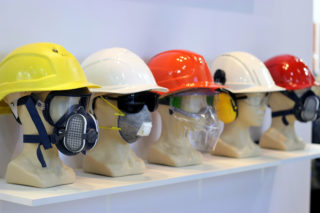 A variety of airborne infections in susceptible hosts can result from exposures to clinically significant microorganisms released into the air when environmental reservoirs (i.e., soil, water, dust, and decaying organic matter) are disturbed. Once these materials are brought indoors into a health-care facility by any of a number of vehicles (e.g., people, air currents, water, construction materials, and equipment), the attendant microorganisms can proliferate in various indoor ecological niches and, if subsequently disbursed into the air, serve as a source for airborne health-care associated infections.
A variety of airborne infections in susceptible hosts can result from exposures to clinically significant microorganisms released into the air when environmental reservoirs (i.e., soil, water, dust, and decaying organic matter) are disturbed. Once these materials are brought indoors into a health-care facility by any of a number of vehicles (e.g., people, air currents, water, construction materials, and equipment), the attendant microorganisms can proliferate in various indoor ecological niches and, if subsequently disbursed into the air, serve as a source for airborne health-care associated infections.
Respiratory infections can be acquired from exposure to pathogens contained either in droplets or droplet nuclei. Exposure to microorganisms in droplets (e.g., through aerosolized oral and nasal secretions from infected patients33 ) constitutes a form of direct contact transmission. When droplets are produced during a sneeze or cough, a cloud of infectious particles >5 μm in size is expelled, resulting in the potential exposure of susceptible persons within 3 feet of the source person.6 Examples of pathogens spread in this manner are influenza virus, rhinoviruses, adenoviruses, and respiratory syncytial virus (RSV). Because these agents primarily are transmitted directly and because the droplets tend to fall out of the air quickly, measures to control air flow in a health-care facility (e.g., use of negative pressure rooms) generally are not indicated for preventing the spread of diseases caused by these agents. Strategies to control the spread of these diseases are outlined in another guideline.3
The spread of airborne infectious diseases via droplet nuclei is a form of indirect transmission.34 Droplet nuclei are the residuals of droplets that, when suspended in air, subsequently dry and produce particles ranging in size from 1–5 μm. These particles can
- contain potentially viable microorganisms,
- be protected by a coat of dry secretions,
- remain suspended indefinitely in air, and
- be transported over long distances.
The microorganisms in droplet nuclei persist in favorable conditions (e.g., a dry, cool atmosphere with little or no direct exposure to sunlight or other sources of radiation). Pathogenic microorganisms that can be spread via droplet nuclei include Mycobacterium tuberculosis, VZV, measles virus (i.e., rubeola), and smallpox virus (i.e., variola major).6 Several environmental pathogens have life-cycle forms that are similar in size to droplet nuclei and may exhibit similar behavior in the air. The spores of Aspergillus fumigatus have a diameter of 2–3.5 μm, with a settling velocity estimated at 0.03 cm/second (or about 1 meter/hour) in still air. With this enhanced buoyancy, the spores, which resist desiccation, can remain airborne indefinitely in air currents and travel far from their source.35
